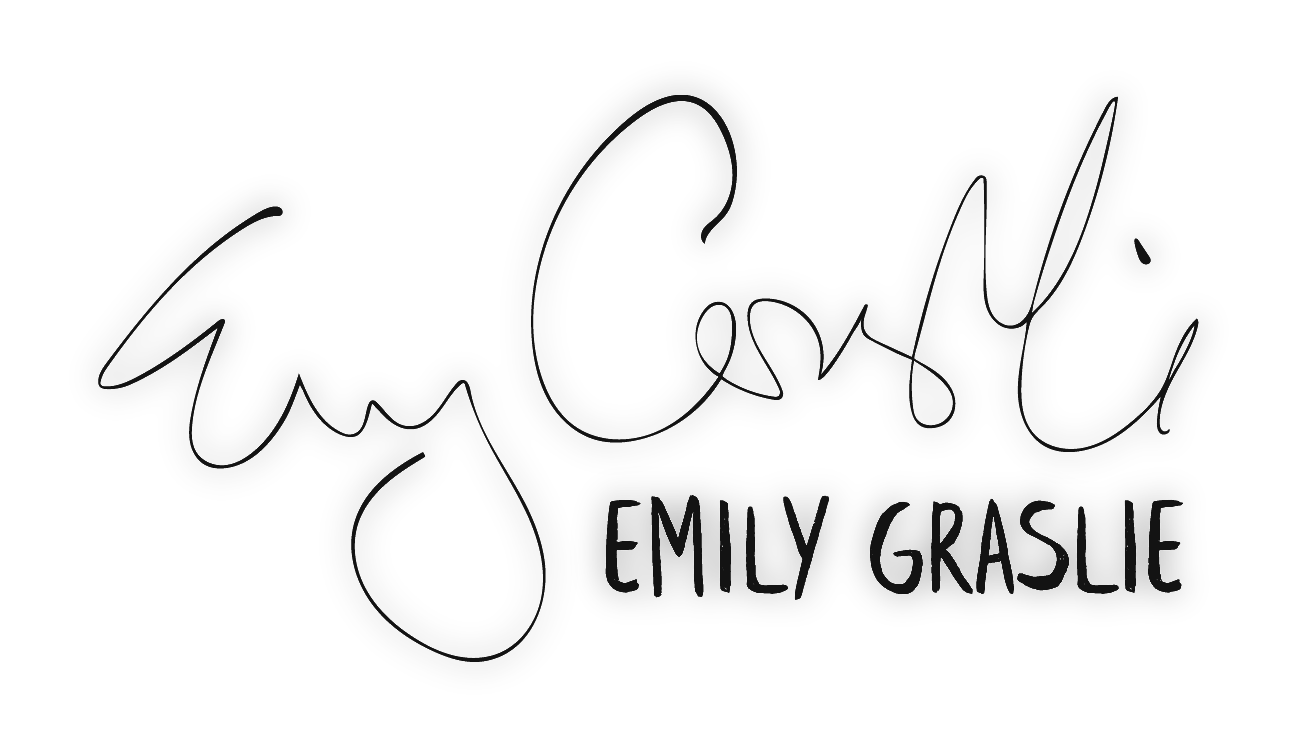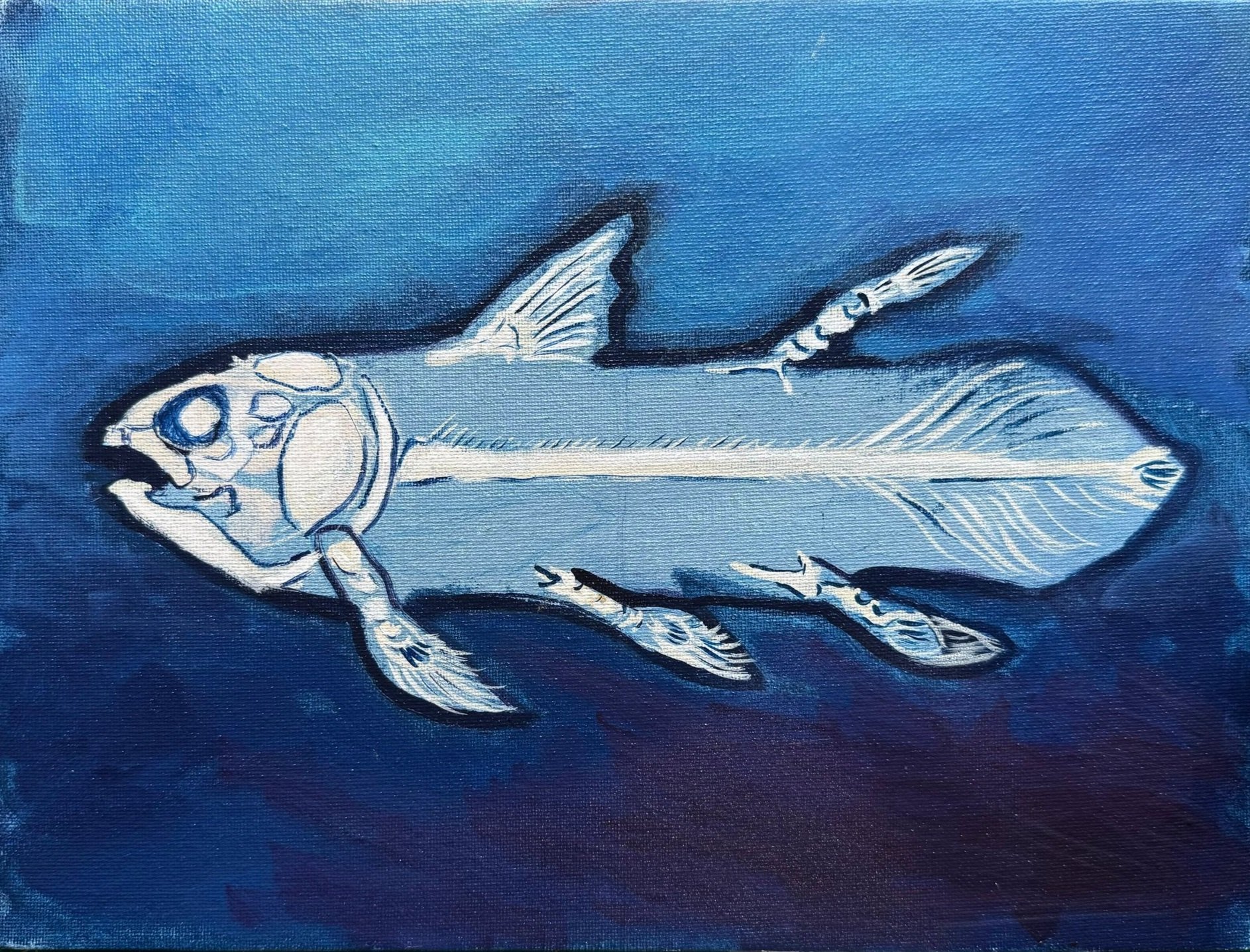 Image 1 of 3
Image 1 of 3

 Image 2 of 3
Image 2 of 3

 Image 3 of 3
Image 3 of 3




Grizzly Bear No. 5765 wasn't rabid after all - 11" x 14"
On June 18th, 1959, Joseph Williams — a 20-year-old from the midwest who’d just gotten hired that day as summer help in Glacier National Park — was on a hike at dusk when he had an ill-fated encounter with a grizzly bear. It was graphic: Williams tried to fight the bear off for nearly an hour as she literally began to devour him alive. Finally, a park ranger was able to come to his aid, managing to shoot the bear before the attack became fatal for Joe. The ordeal was documented in detail by his sister and in the Flathead Beacon.
When the bear died, her skull was collected and dissected to test her brain for rabies and to find any other clues that may have hinted at the root of her aggression. Eventually, it was deposited at the University of Montana Zoological Museum. When I was volunteering there years later, I came across this skull in a library display case with a single-sentence label mentioning the attack and the date.
I talk a lot about individualism in nature: that each and every organism is unique, with its own origins and lived history. This animal is a perfect example of that: no matter how many grizzly bear skulls I’ve held, the weight of hers was the heaviest.
On June 18th, 1959, Joseph Williams — a 20-year-old from the midwest who’d just gotten hired that day as summer help in Glacier National Park — was on a hike at dusk when he had an ill-fated encounter with a grizzly bear. It was graphic: Williams tried to fight the bear off for nearly an hour as she literally began to devour him alive. Finally, a park ranger was able to come to his aid, managing to shoot the bear before the attack became fatal for Joe. The ordeal was documented in detail by his sister and in the Flathead Beacon.
When the bear died, her skull was collected and dissected to test her brain for rabies and to find any other clues that may have hinted at the root of her aggression. Eventually, it was deposited at the University of Montana Zoological Museum. When I was volunteering there years later, I came across this skull in a library display case with a single-sentence label mentioning the attack and the date.
I talk a lot about individualism in nature: that each and every organism is unique, with its own origins and lived history. This animal is a perfect example of that: no matter how many grizzly bear skulls I’ve held, the weight of hers was the heaviest.
















